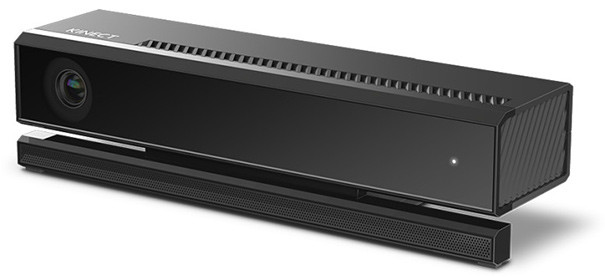You can trust VideoGamer. Our team of gaming experts spend hours testing and reviewing the latest games, to ensure you're reading the most comprehensive guide possible. Rest assured, all imagery and advice is unique and original. Check out how we test and review games here
Despite being integral to the Xbox One experience initially, the Kinect has suffered quite the dramatic fall from grace, and Microsoft has finally confirmed that it’s put the add-on camera out to pasture. Microsoft seems far more interested in mixed-reality than motion-sensing games.
In an article on Co.Design, Microsoft confirmed it’s no longer manufacturing the Kinect. Over on the Microsoft store the Kinect is listed as out of stock, but if you really want one some places will still have them available, and doubtless there’ll be plenty of second-hand ones about.
When it launched in 2010, the Kinect became the fastest-selling consumer electronics device in history, but following the initial fervour for the pioneering device, support soon faded and the add-on became yet another unwanted and forgotten peripheral.
At the launch of the Xbox One, Microsoft tried to refocus interest on the Kinect 2.0 sensor, packaging one with each console as standard, and heavily integrating voice and movement functionality into the console’s OS. This substantially increased the price of the console and consumers instead flocked to the cheaper, and more powerful, PlayStation 4.
In an attempt to regain some of the ground it had lost, and to appease developers, the Kinect 2.0 sensor was not-so-subtly shoved to the back of the class, and then thrust out into the wilderness like an unwanted step-child. Microsoft decided to utilise the additional power freed up by its removal to boost the Xbox One’s games performance, and never looked back
Microsoft has said that it’ll continue to offer customer support for Kinect in the meantime, which despite its sad ending actually sold around 35 million units since its release.
Apple acquired the creators of Kinect, PrimeSense, back in 2013 and have since integrated the technology into Apple products. The motion and IR technology used in the Kinect has now even found its way into the upcoming iPhone X, which includes depth-sensing cameras to identify the device’s owner.






